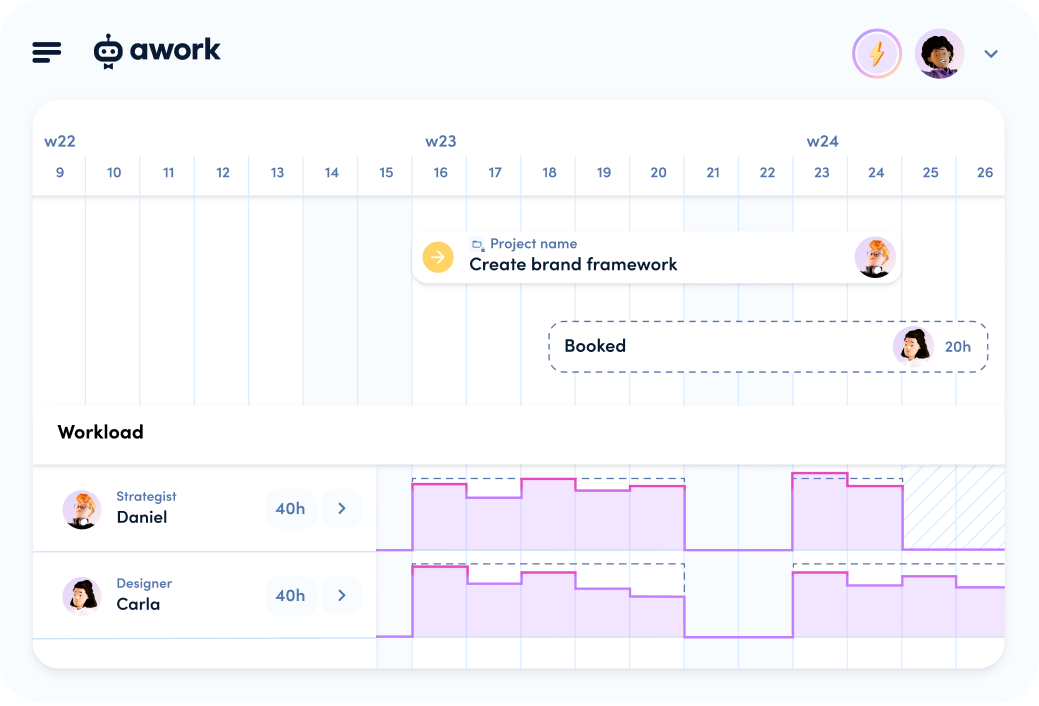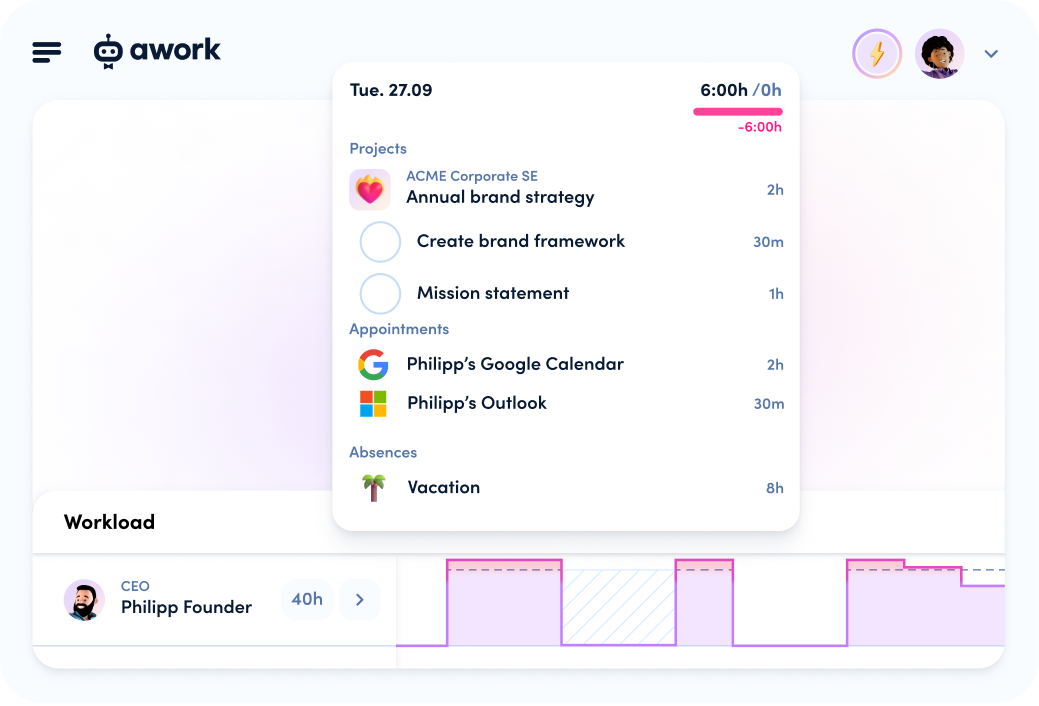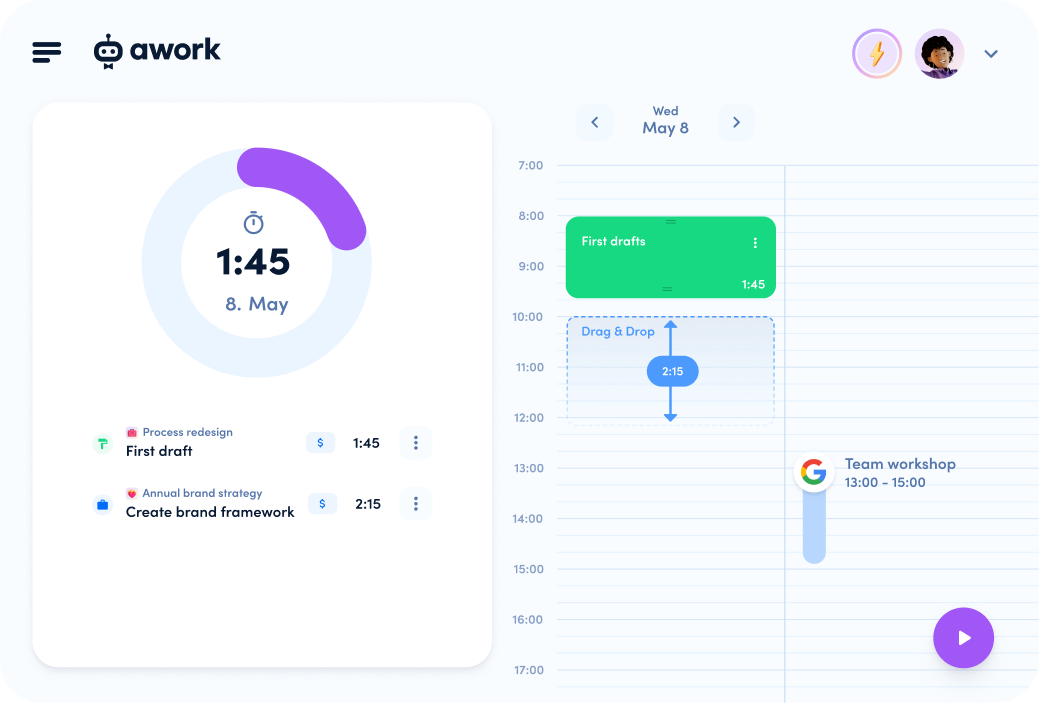What eats up the most time in many marketing departments? Bad project management. Here we'll show you some of the biggest and most common mistakes:
You've probably all experienced this in your working life: information disappears into Excel spreadsheets, no one knows who's working on which project at any given time, and the tasks for the next few weeks aren't evident either. Many marketing teams and agencies are still stuck in a time when Microsoft Office skills were important on a resume, and emails were the universal communication tool. Today, we'll show you the five project management mistakes that still happen and how to avoid them.
Why is it so important to build project management on a solid foundation? Because work is much more fun when you can concentrate on your actual tasks - and don't have to check data in Excel spreadsheets. So it's better to introduce a modern tool to take care of the annoying topic of project management in a relaxed way. Unfortunately, not every company is ready for this quite yet.
Therefore, let's take a look at typical scenarios that symbolically show what still goes wrong in so many teams:
Scenario 1: Team planning with Excel
A normal approach in many teams: Project managers often start with smaller units of two people and first create an Excel spreadsheet with projects and customers. As the team and the company grow, the file quickly expands into an XXL planning spreadsheet - in which the maintenance eats up an incredible amount of time. Whole workdays are spent on keeping boxes with responsibilities, deadlines, and partners up to date. The second problem is that nothing works without the project managers. They are the only ones with an overview, and it is only their time commitment that keeps the whole thing together. The moral: In today's world, an accessible central tool is needed for project management.
Scenario 2: Multi-tools for time tracking
Anyone starting in a new job today is usually confronted with countless tools in use (if the company has moved beyond the Excel strategy). What happens most often, especially in agencies, is that a project management tool is in use, where tasks are also tracked from time to time. However, time recording usually takes place with another software solution. The consequence: In order to be able to invoice or control projects from the times, these times are exported manually and imported again into another tool - with a lot of Excel magic in between. The moral: Constantly moving data back and forth is no fun and can lead to mistakes. It's better to use a tool that can handle all your requirements.
Scenario 3: Sticky notes and email inbox
Be honest. You, too, sometimes organize yourself using two crucial tools: Email inbox + calendar. I'm sure some of you also stick Post-Its with your to-do's on the monitor. This works well, at least as long as tasks are related only to your own small world. But as soon as you have to work with other people, things start to go downhill. Emails are overlooked, assignments are wrongly assigned, etc. And at some point, everyone is pissed off because no one knows who is really doing which task. The learning: You need a central place for your project management where everyone can see and manage their pending tasks transparently. This allows you to finally also understand what the others are working on.

Scenario 4: Practice GDPR
Once a department has decided to introduce a new tool, it is not only the "training" of all employees that is a problem. Often, free software is used first; projects are created, accounts are set up. But then there can quickly be trouble: The trial period expires, and money is due after all. The purchasing department refuses. But not because the tool is too expensive, but because the data protection department notices that all data is stored in the USA. The moral: It is better to use GDPR-compliant tools right from the start.
Scenario 5: Stuck in old ways
Let's take another step back: the introduction of new tools often fails due to the stubbornness of individual team members. Who wants to go to the trouble of learning new software when it has worked the same way for 20 years? So, for the time being, everyone continues as before. And the chaos is pre-programmed. The moral: Look for software that is easy to use and understandable for everyone in the team without any problems.
How can you avoid making these mistakes? For example, use awork. You can manage tasks, do time tracking and plan resources. Just give awork a try - and see for yourself!























